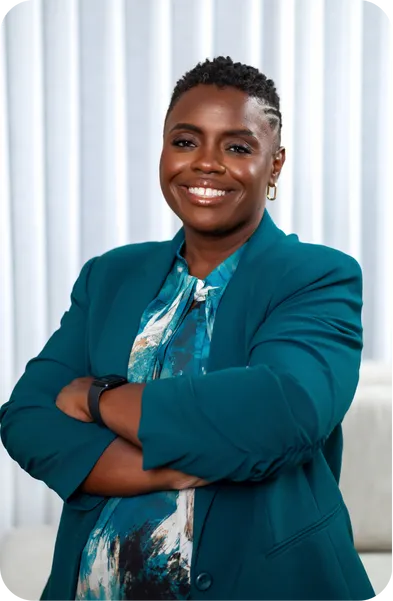
Rafat Fields
Founder & CEO, Powered to Rise
Architect of Digital Equity & Access
Rooted in the Power of Quiet Leadership
I was raised on the South Side of Chicago, in the Rainbow Beach neighborhood—where block parties, classroom warriors, and church mothers taught me that leadership isn’t granted. It’s grown from within, powerful whether the world recognizes it or not.
My first model of transformation was my mother, an inner-city schoolteacher who turned under-resourced classrooms into places of possibility. She showed me that care is strategy, that culture is curriculum, and that investing in education is the most reliable way to build a better future—for ourselves and for those coming next.
Every generation has a tool that redefines power. Ours is technology—and the skills we build now will decide who leads tomorrow.
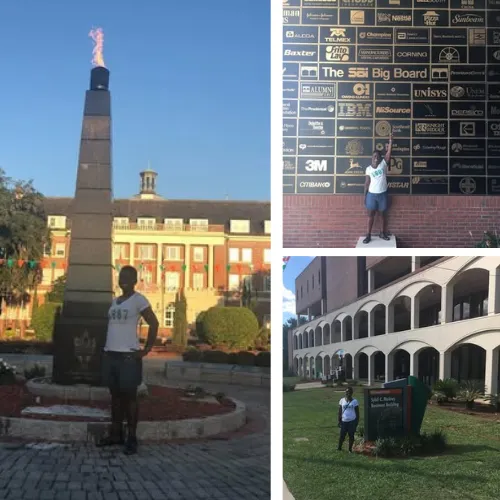
Raised by Excellence:
The FAMU Years
Attending Florida A&M University shaped everything that followed. FAMU taught me that excellence and belonging are not opposites—they’re partners. It was professors who challenged and nurtured in the same breath, classmates who became lifelong co-architects of purpose.
At an HBCU, we were taught to build our own tables because the world beyond campus would not always make space for us. That lesson became the blueprint for my work today: designing systems where representation isn’t requested—it’s foundational.
From Classrooms
to Boardrooms
That grounding carried me through two decades in healthcare—across hospitals, nonprofits, and enterprise systems—where I supported health care providers, digital transformations within health systems, and policy initiatives expanding care access in more than two dozen states.
Healthcare revealed an uncomfortable truth: most systems aren’t broken; they were built this way. Shifting them requires more than advocacy. It requires architecture—strategic redesign anchored in equity and humanity.
In this era, systems change needs more than allies. It calls for builders—co-conspirators brave enough to partner strategically and redesign the system from within.
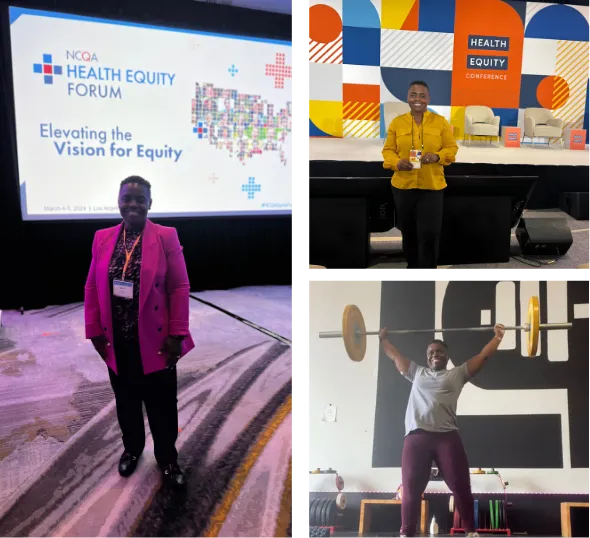
My Career Footprint
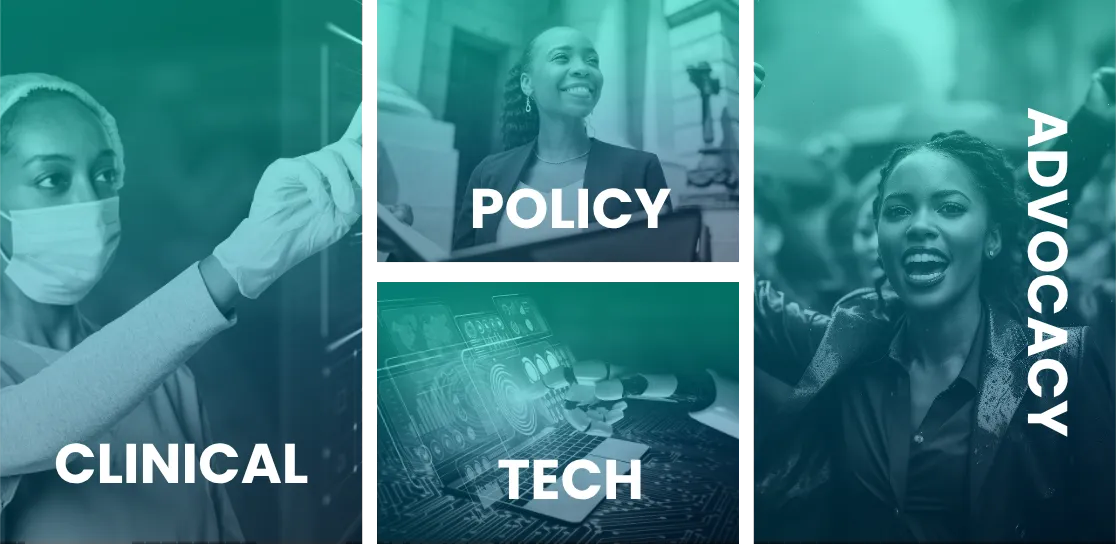
The Pivot: Building
new tables
The pandemic shattered any remaining illusion I held. I watched the weight fall—again—on the very people holding our communities together.
It broke something open in me. I knew I couldn’t just keep translating equity into someone else’s language. I had to build a new table.
The Birth of Powered to Rise
That’s why I launched Powered to Rise.
We help purpose-driven leaders build digital ecosystems to share their expertise and shape the narratives of their industries.
As over 300,000 Black women were displaced from the workforce in 2025, it became clear: our power cannot depend on systems that erase it. Building your own digital ecosystem—your own infrastructure of visibility and thought leadership—is no longer optional. It’s how our community develops, protects, and sustains its genius.
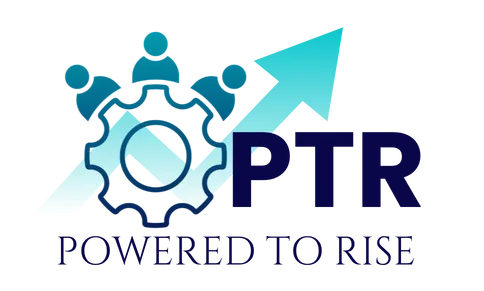
“Digital fluency is the new power. Master what technology can’t—and build with what it can—to shape the future that’s ours to claim”
Learning
the Levers
I also knew that to shift systems, I’d need to walk the halls where power gathers. That’s what led me to Harvard Medical School, where I joined the Global Healthcare Leaders Program. I learned the economic and policy design engines driving global health systems.
I studied alongside an extraordinary cohort: public sector leaders from across the globe, tech innovators reimagining access, clinicians shaping care in crisis settings. We were taught by the very people driving policy, delivery, and research at the highest levels of influence—including an Executive in Residence whose mentorship challenged and transformed how I think about scale, legacy, and the long arc of change.
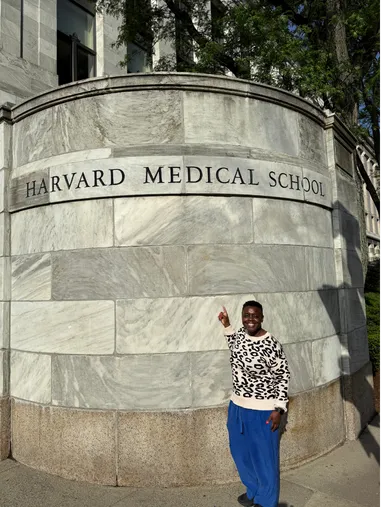
Choosing the unfamiliar
Deciding to pursue executive education at a PWI, after attending both undergrad and MBA programs at an HBCU, was not easy. I wrestled with the idea of applying to Meharry for a public health degree—another HBCU, another place that feels like home. But the cadence of this season required something different. I was relocating across the country—from Ohio to Arizona. My sons were entering pivotal years at ages 10 and 13. I needed learning that honored both my ambitions and my realities.
“Harvard didn’t change who I am—it expanded what I could reach.”
Rafat Fields
AI as the Next Equalizer
Artificial intelligence is the new frontier—where equity will either expand or erode.
I see it as the next great classroom for power.
My work focuses on designing accessible AI systems that help community leaders manage programs, influence funding, and scale care delivery. When the people executing programs also hold the tools to design them, policy starts to look like the people it serves.
Education makes that possible. Technology makes it scalable.
What “Rising Whole” Looks Like
Workforce systems of the past weren’t designed for us to bring our full selves—the depth of our talent, culture, and creativity. They asked us to compartmentalize, to fit into boxes that could be managed: a title, a job description, a version of ourselves that felt safe to the system.
Rising Whole is the antidote to that.
It’s the practice of designing digital systems that can hold the fullness of our humanity—where personal purpose and professional skill aren’t competing identities but connected strengths.
When we build structures that recognize both, we create better pathways for everyone: systems that don’t just measure productivity, but honor possibility.
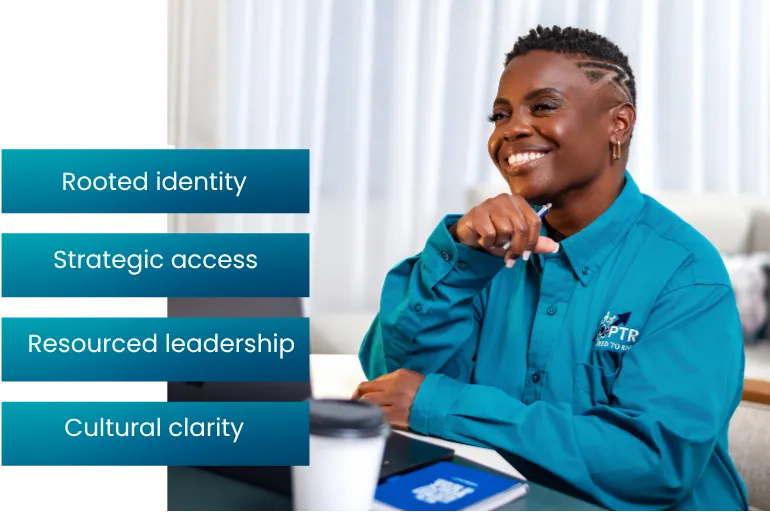
“The next era of workforce productivity belongs to organizations that empower people to bring their full humanity—and become bridges to greater access for their communities.”
Rafat F.
Let’s build
the future of work
Where humanity and technology rise together.
